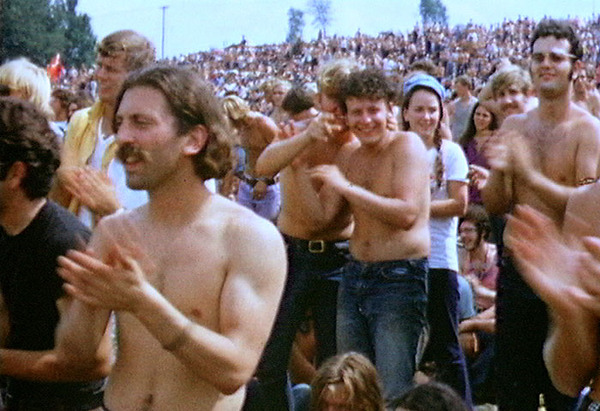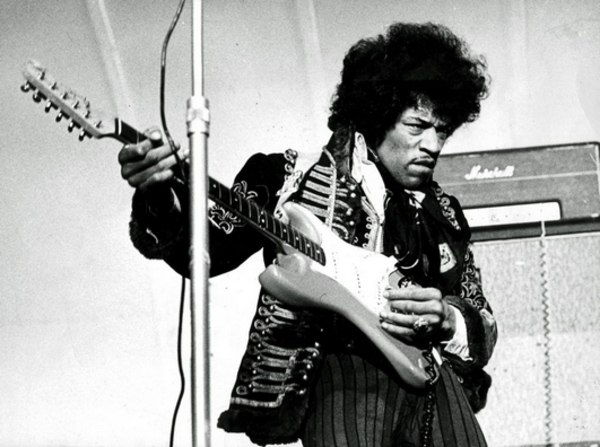Take a Spin with Teddy Roosevelt Trivia
On August 22, 1902, President Teddy Roosevelt became the first American president to take a spin in an automobile in public, being driven along the highways and byways of Connecticut in an electric car. To mark the anniversary of this auspicious occasion, we have put together some trivia questions to see how much you know about America's early automotive history and Roosevelt's role in it.
Is It True That Another U.S. President Rode in a Car Before Roosevelt?
 Shown in the photo above is a 1903 Columbia Electric automobile, identical to the one in which Teddy Roosevelt rode in the late summer of 1902. Although Roosevelt has the distinction of being the first American president to ride in a car in public, he was not the first chief executive to ride in an automobile. That honor goes to William McKinley, Roosevelt's predecessor in the White House. During his presidency, tragically cut short by an assassin's bullet in September 1901, McKinley was given a private ride in the Stanley Steamer, a steam-powered automobile built in the final decade of the 19th century by brothers Francis and Freelan Stanley. The brothers' Stanley Motor Carriage Company manufactured and sold steam-powered automobiles until the early 1920s.
Shown in the photo above is a 1903 Columbia Electric automobile, identical to the one in which Teddy Roosevelt rode in the late summer of 1902. Although Roosevelt has the distinction of being the first American president to ride in a car in public, he was not the first chief executive to ride in an automobile. That honor goes to William McKinley, Roosevelt's predecessor in the White House. During his presidency, tragically cut short by an assassin's bullet in September 1901, McKinley was given a private ride in the Stanley Steamer, a steam-powered automobile built in the final decade of the 19th century by brothers Francis and Freelan Stanley. The brothers' Stanley Motor Carriage Company manufactured and sold steam-powered automobiles until the early 1920s.
Who Was the First President to Have an Automobile at His Disposal?

This equestrian statue of Roosevelt captures the president on the form of transport he favored above all others. Although he may have been hooked on the idea of the so-called horseless carriage after his 1902 ride in an electric car, Teddy Roosevelt's administration opted for a steam-driven car when it decided to purchase a presidential automobile. However, true to his love of the Old West and ranch life, Roosevelt reportedly preferred horses to automobiles.
How Long Had Electric Cars Been Around before Roosevelt's Historic Ride? Although many 21st century Americans tend to think of electric cars as the cutting edge of automotive engineering, in fact they've been around in one form or another since the late 19th century. Scottish inventor Robert Anderson gets the credit for his 1830s creation of the first crude electric carriage, which is powered by non-rechargeable primary cells, according to PBS.org. Nearly six decades later in 1891, American William Morrison builds the first successful electric car. Six years later, the first electric-powered taxis hit the streets of New York City. In 1900, the earliest incarnation of electric automobiles enjoys its heyday, accounting for 28 percent of all the cars manufactured that year. Seven years later, Henry Ford introduces the Model T, a mass-produced, gasoline-powered car that in just over a decade renders the manufacture and sale of electric cars no longer commercially viable.
What Was the First Presidential Limousine? For most of the first four decades of the 20th century, America's presidents were chauffeured about in standard production cars from U.S. automakers. The transition to limousines began in 1939 when the U.S. Secret Service took delivery of a custom-made stretched version of Lincoln's K-series model powered by a V-12 engine. Dubbed the Sunshine Special because it was seen most often with its top down, the Sunshine Special had a 160-inch wheelbase and was customized for President Franklin D. Roosevelt's use by coachbuilder Brunn & Company of Buffalo, New York. The limo featured oversize rear-hinged rear doors to facilitate easy access for the wheelchair-bound Roosevelt.
On August 22, 1902, President Teddy Roosevelt became the first American president to take a spin in an automobile in public, being driven along the highways and byways of Connecticut in an electric car. To mark the anniversary of this auspicious occasion, we have put together some trivia questions to see how much you know about America's early automotive history and Roosevelt's role in it.
Is It True That Another U.S. President Rode in a Car Before Roosevelt?

Who Was the First President to Have an Automobile at His Disposal?

This equestrian statue of Roosevelt captures the president on the form of transport he favored above all others. Although he may have been hooked on the idea of the so-called horseless carriage after his 1902 ride in an electric car, Teddy Roosevelt's administration opted for a steam-driven car when it decided to purchase a presidential automobile. However, true to his love of the Old West and ranch life, Roosevelt reportedly preferred horses to automobiles.
How Long Had Electric Cars Been Around before Roosevelt's Historic Ride? Although many 21st century Americans tend to think of electric cars as the cutting edge of automotive engineering, in fact they've been around in one form or another since the late 19th century. Scottish inventor Robert Anderson gets the credit for his 1830s creation of the first crude electric carriage, which is powered by non-rechargeable primary cells, according to PBS.org. Nearly six decades later in 1891, American William Morrison builds the first successful electric car. Six years later, the first electric-powered taxis hit the streets of New York City. In 1900, the earliest incarnation of electric automobiles enjoys its heyday, accounting for 28 percent of all the cars manufactured that year. Seven years later, Henry Ford introduces the Model T, a mass-produced, gasoline-powered car that in just over a decade renders the manufacture and sale of electric cars no longer commercially viable.
What Was the First Presidential Limousine? For most of the first four decades of the 20th century, America's presidents were chauffeured about in standard production cars from U.S. automakers. The transition to limousines began in 1939 when the U.S. Secret Service took delivery of a custom-made stretched version of Lincoln's K-series model powered by a V-12 engine. Dubbed the Sunshine Special because it was seen most often with its top down, the Sunshine Special had a 160-inch wheelbase and was customized for President Franklin D. Roosevelt's use by coachbuilder Brunn & Company of Buffalo, New York. The limo featured oversize rear-hinged rear doors to facilitate easy access for the wheelchair-bound Roosevelt.



















































































